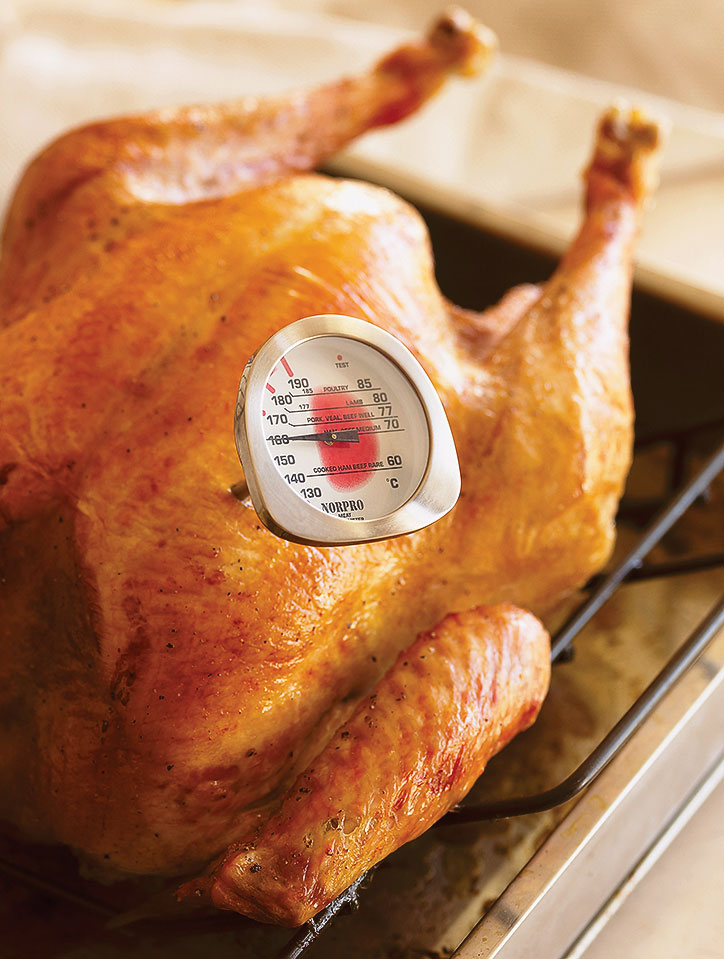Decorating your Christmas tree with your family is a great way to add light activity to your day while also making precious memories. While decorating our tree, I noticed how much activity decorating actually involved.
is a great way to add light activity to your day while also making precious memories. While decorating our tree, I noticed how much activity decorating actually involved.
Just a few ways that this fun family activity (rockin’ around the Christmas tree) can help you to move more:
- Choosing a tree requires walking around the lot to find the perfect fit.
- Purchasing a tree involves lifting and carrying.
- Setting up the tree requires trimming and adjusting.
- Stringing lights around the tree involves a good dose of upper arm movement.
- Unpacking and picking out your favorite ornaments incorporates bending, lifting, and squatting.
- Hanging ornaments involves upper arm strength, bending, walking, reaching, and squatting.
When we finished decorating our tree and stood back to gaze at the final product, I felt a great sense of accomplishment. We not only had a beautiful tree, but I was also moving around for an extra 2 hours after work instead of being glued to my computer to do school work or just sitting on the couch; not to mention it was FUN. Turn on your favorite holiday tunes and start moving with your loved ones!

















